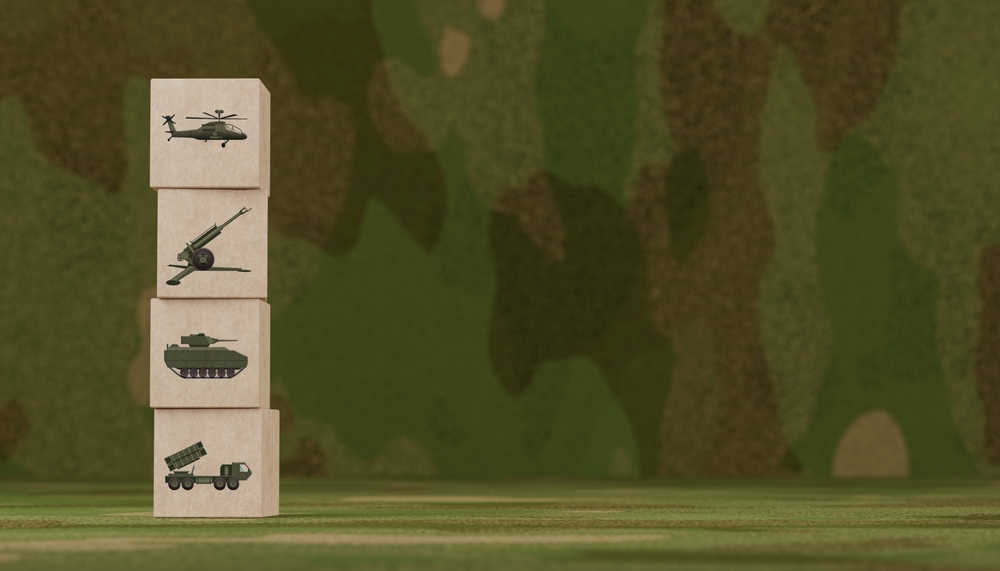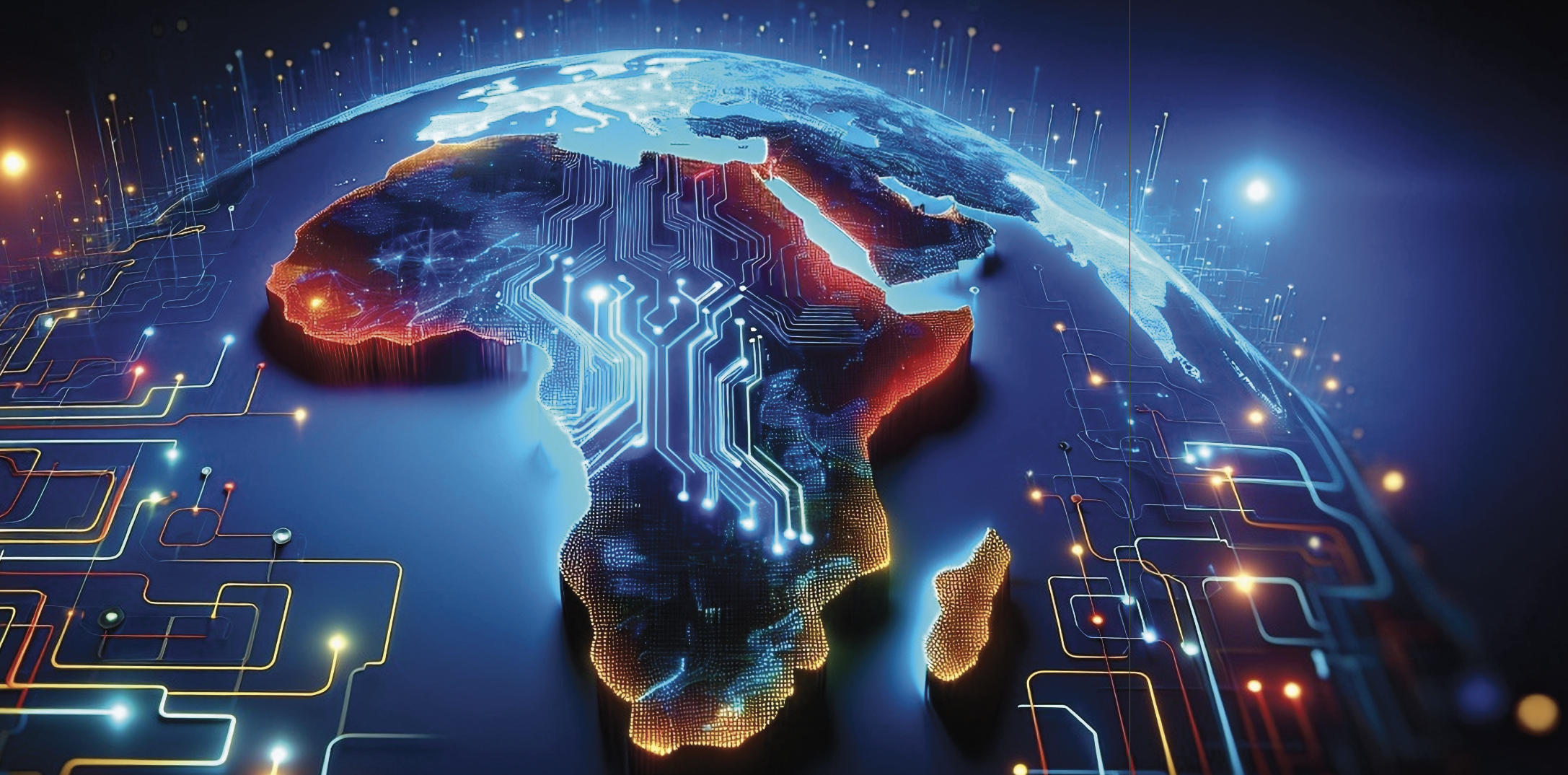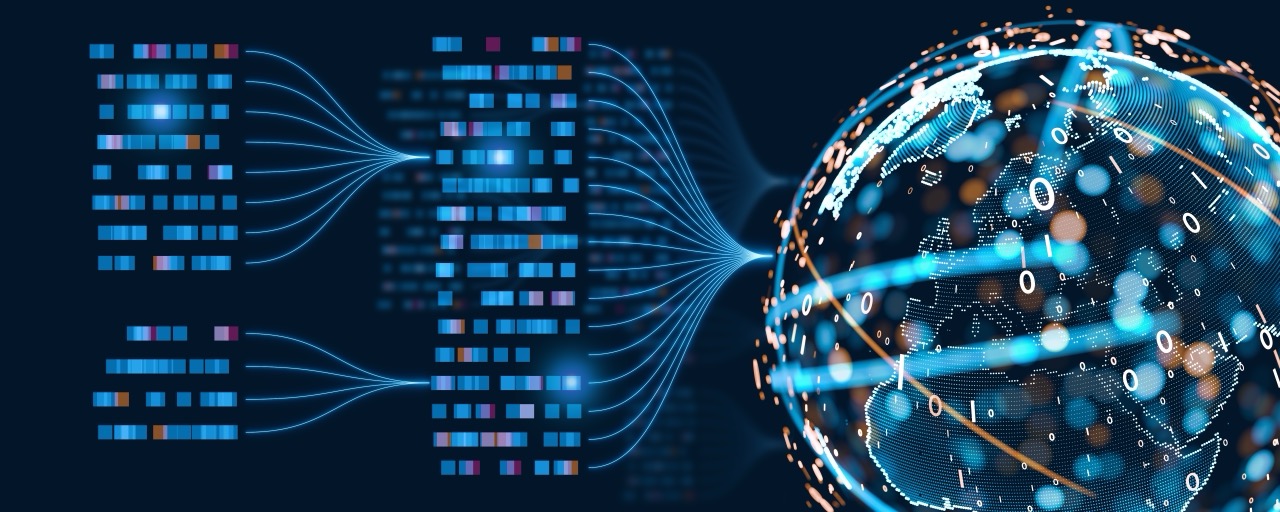Behind increased defence
Chinese foreign policy may have catalysed the region’s democracies to adopt stronger defence postures, but there are other factors at play behind a shared resolve to resist authoritarian threats to world order
However one wishes to characterise China’s actions – confident, assertive, aggressive – it is clear that Chinese foreign policy has catalysed its region’s democracies to adopt stronger defence postures. Remarkably, in December 2022 the government of Fumio Kishida mandated Japan’s defence spending to reach an estimated 40 to 43 trillion yen during the period 2023–2027. This means that over that five-year span Japan will spend roughly 1.4 times as much on defence as China does in a single year (according to the Chinese Communist Party’s official figures). Despite this asymmetry, this earmark reflects a very significant step towards ‘normalising’ Japanese defence policy; it elevates Japan’s defence posture globally, with defence spending to reach levels akin to those of Germany and the United Kingdom. Indeed, the Kishida government plans to bring defence spending to 2% of gross domestic product by 2027 – the aspirational benchmark of the North Atlantic Treaty Organization. Further reflecting doctrinal shifts, Japan’s new National Security Strategy enables the Japanese Self-Defense Forces to use ‘counterstrike’ weaponry to retaliate against foreign military targets if attacked. The threat posed by a rapidly improving Chinese missile arsenal clearly factored into this decision.
In Korea, foreign policy was but one subject in a crowded domestic political discourse in the 9 March 2022 election, but it is still telling that the Korean electorate chose the People Power Party over a more dovish Democratic Party of Korea. PPP president Yoon Suk yeol explicitly campaigned on bolstering Korean foreign policy to be more responsive to security challenges from China and North Korea. One year after taking office, though, President Yoon is juggling security imperatives with the realities of trade dependence on China. He is evidently leery of disrupting economic activity with Korea’s largest trading partner in an already trying global economic climate for growth. President Yoon has watered down some of the assertiveness expressed during his electoral campaign. He has eschewed more Terminal High-Altitude Area Defence systems, for example – the deployment of which on Korean soil Beijing deplores.
Opposite trajectory
In the Philippines, the storyline is evolving in the opposite direction. Prior to assuming office, President Ferdinand ‘Bongbong’ Marcos planned on shifting China-Philippines relations into a “higher gear”, but the geopolitics of the South China Sea have resulted in a shift into reverse. Beijing’s refusal to acknowledge Manila’s rights in the South China Sea, coupled with its failure to follow through on earlier economic commitments to former president Rodrigo Duterte, has led the Philippines to tilt towards the United States. In February 2023, Washington and Manila accelerated the bilateral Enhanced Defense Cooperation Agreement, initially signed in 2014 but until recently dormant. This acceleration allows American forces to access “four new ‘Agreed Locations’ in strategic areas of the country”. Although the “agreed locations” are not confirmed, at least some are reportedly on the shores of the Philippines’ northern island of Luzon on both the South China and Philippine Seas. The proximity of US troops to the Taiwan Strait would also effectively enhance US integrated deterrence vis-à-vis a Chinese Communist Party mulling military action against Taiwan. Although the more technical aspects of the upgraded EDCA can get lost in the larger narrative, it is nonetheless evident that Manila has signalled to Beijing that the days of the Duterte administration’s pro-China policy are over.
China is but one factor conditioning the region’s democracies to adopt stronger defence policies. North Korea conducted a record number of missile tests in 2022 – nearly 100 – which directly played into conditioning two of the developments discussed above: a significant upgrade of Japanese missile defence capabilities and discussions about deploying additional THAAD batteries to Korea.
Russia’s war in Ukraine continues to compound the vulnerabilities facing East and Southeast Asian countries. Immediately following the 2022 G7 Elmau Summit, President Yoon and Prime Minister Kishida attended a NATO summit in Madrid, and in November 2022 Korea opened a diplomatic mission to NATO. Increased Japanese and Korean interest in engagement with NATO is one of several indications that many Southeast and East Asian democracies see Russian aggression against Ukraine as a threat not just to European but to global security. To quote Singaporean prime minister Lee Hsien Loong, “if a principle is accepted that crazy decisions and historical errors are the justification for invading somebody else, I think many of us are going to be feeling very insecure in the Asia-Pacific, but also in the rest of the world”.
The leitmotif of East Asian security since the 2022 Elmau Summit and for the 2023 Hiroshima Summit, in short, is a gelling of democratic resolve to resist authoritarian threats to world order.












